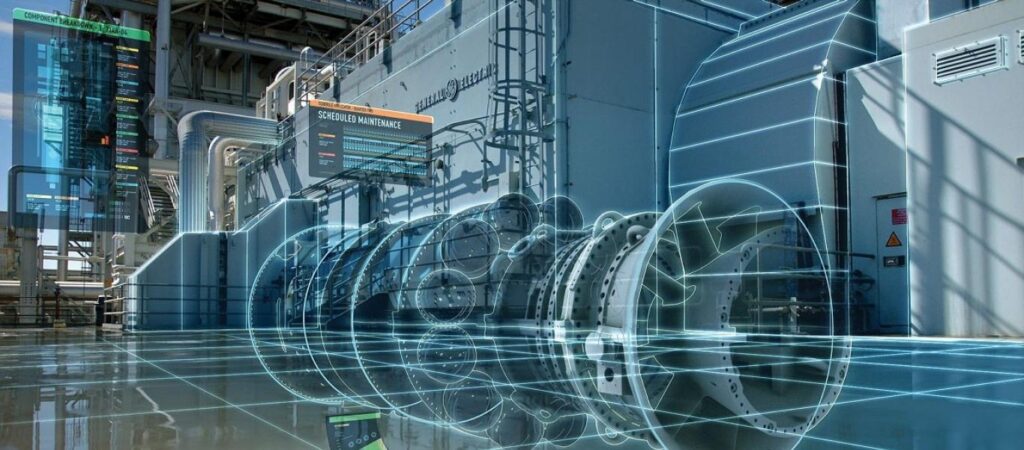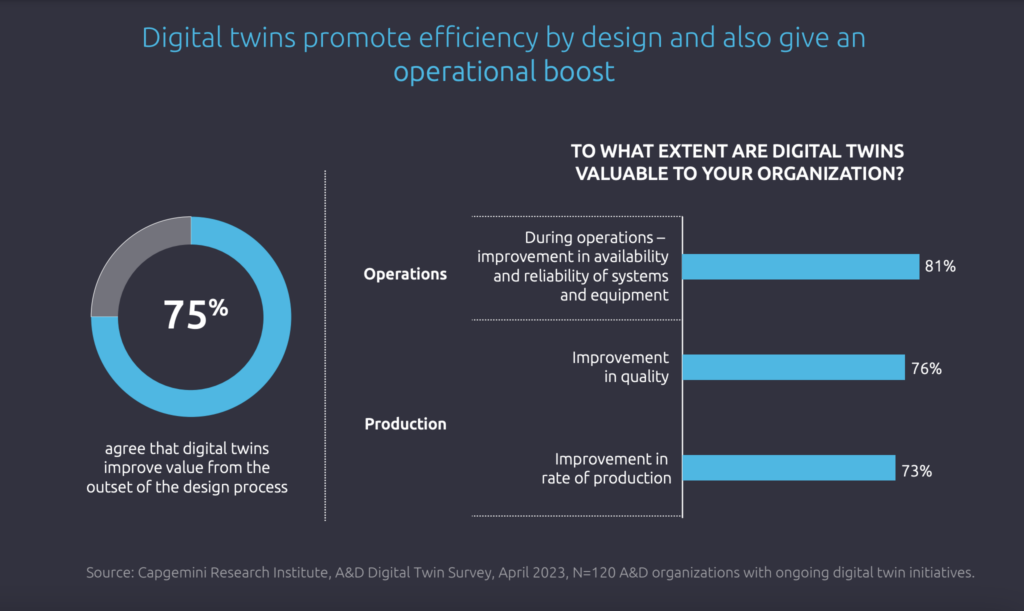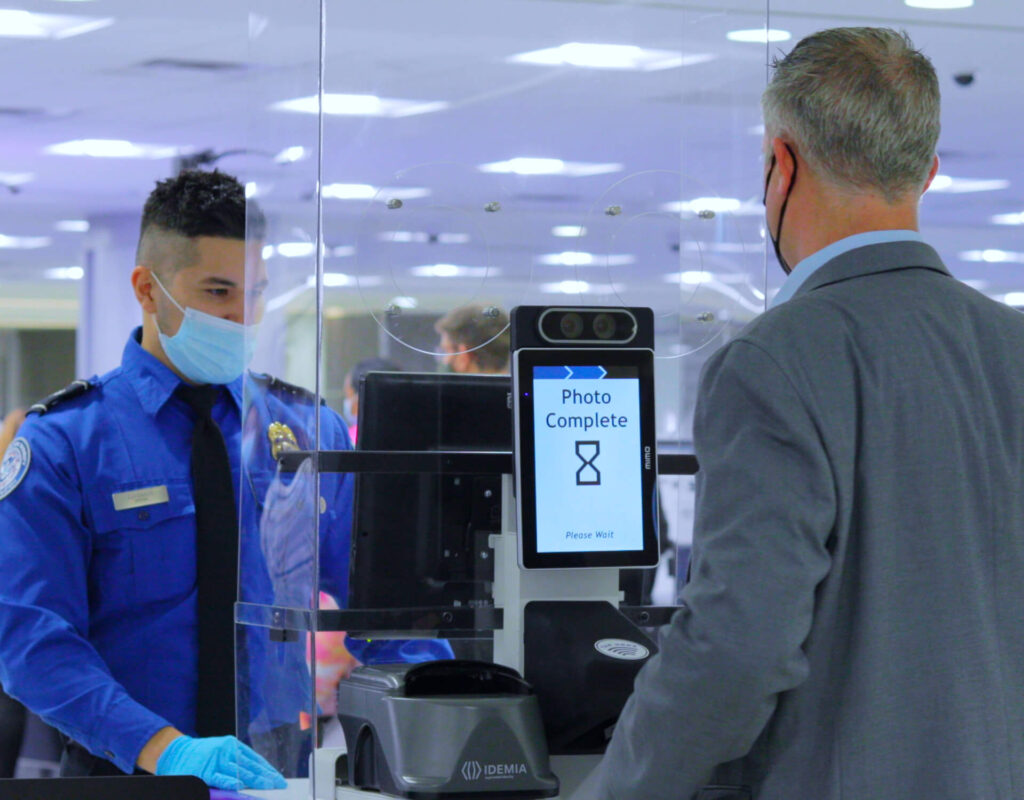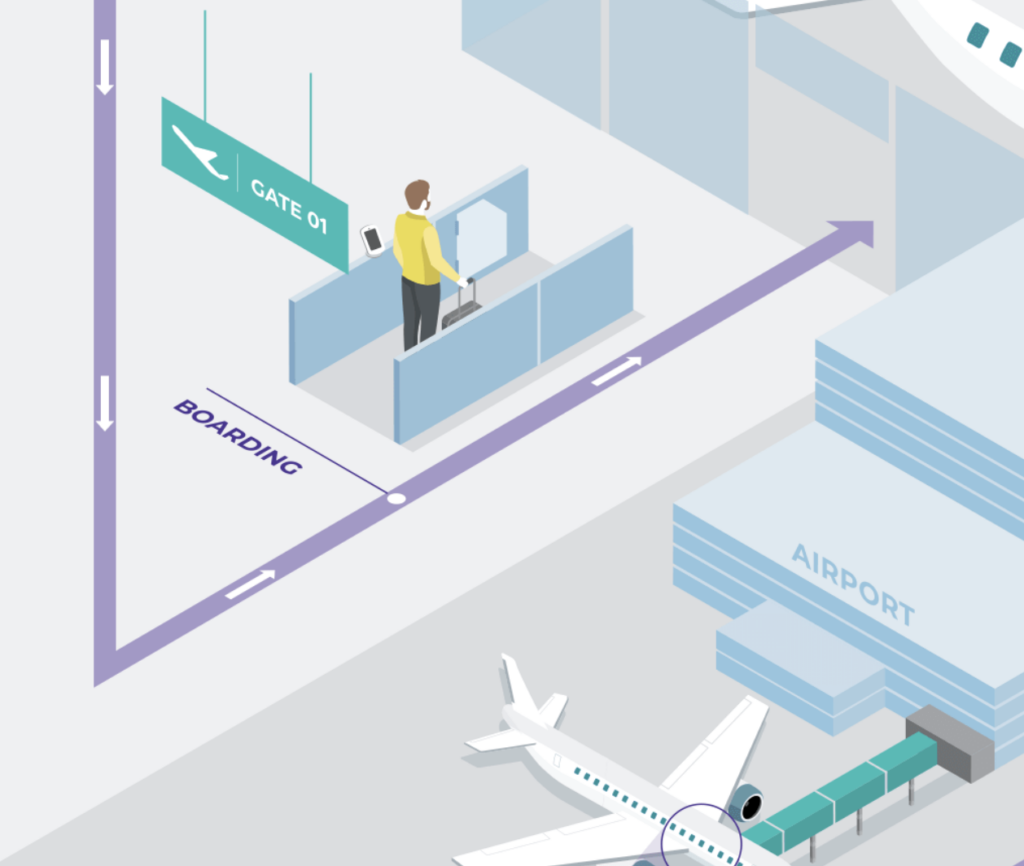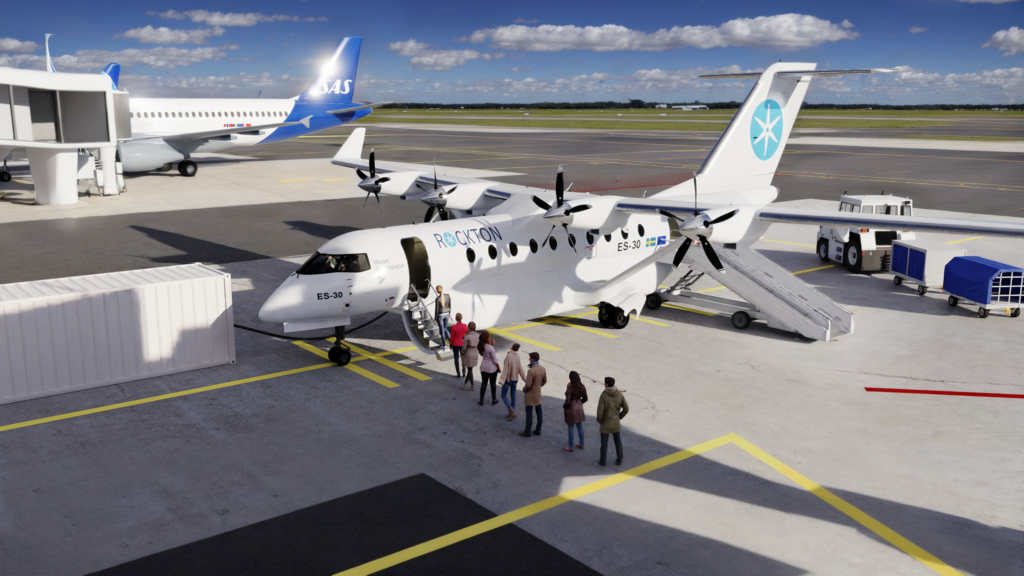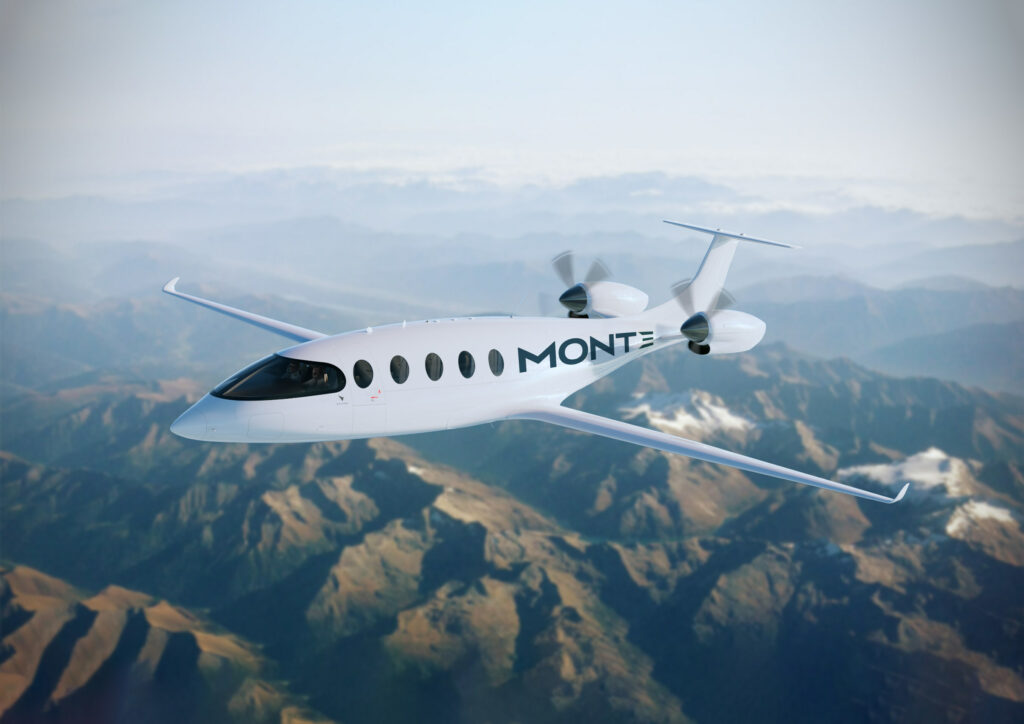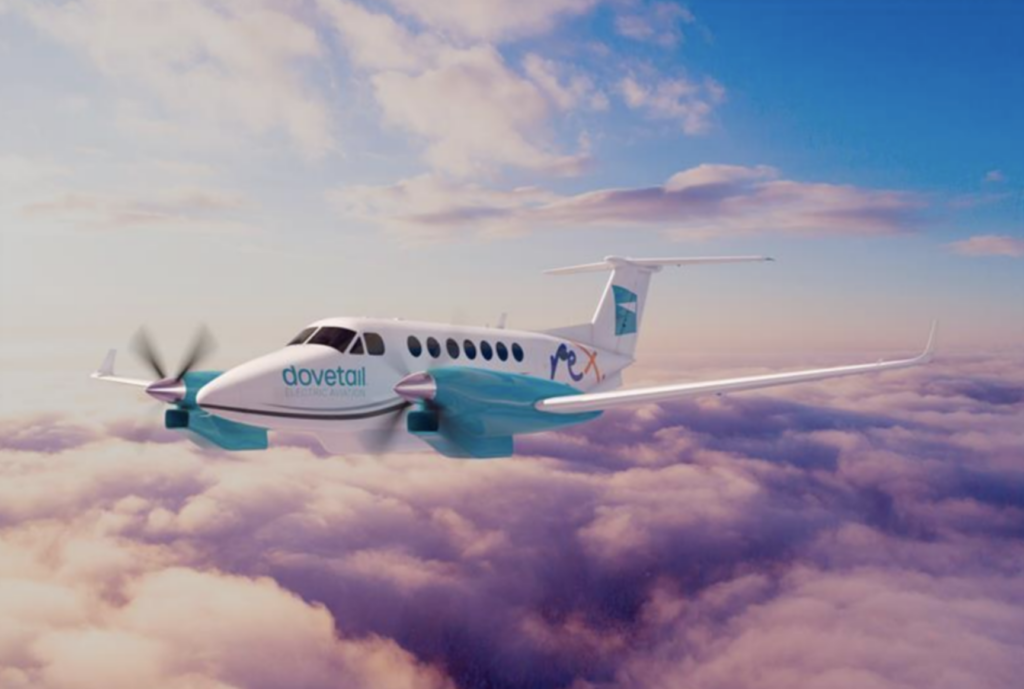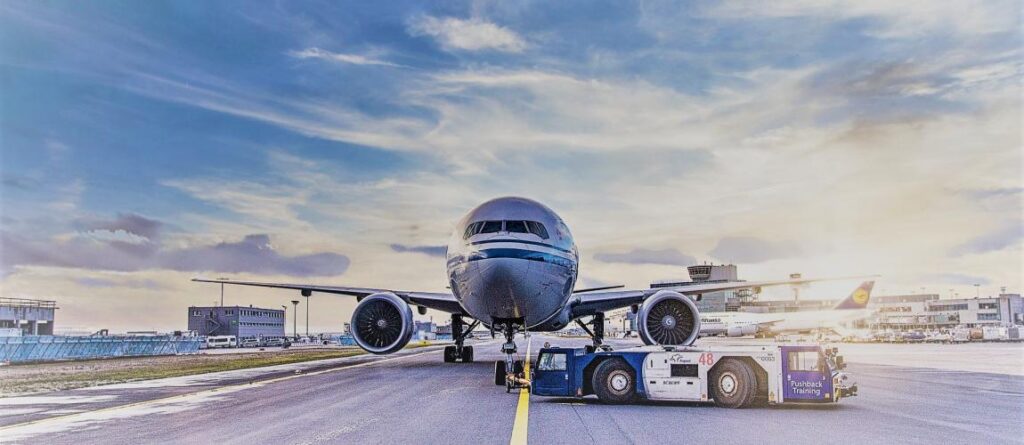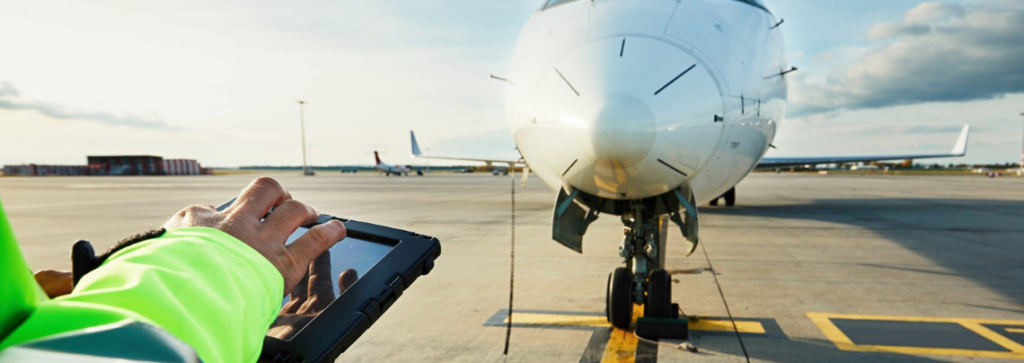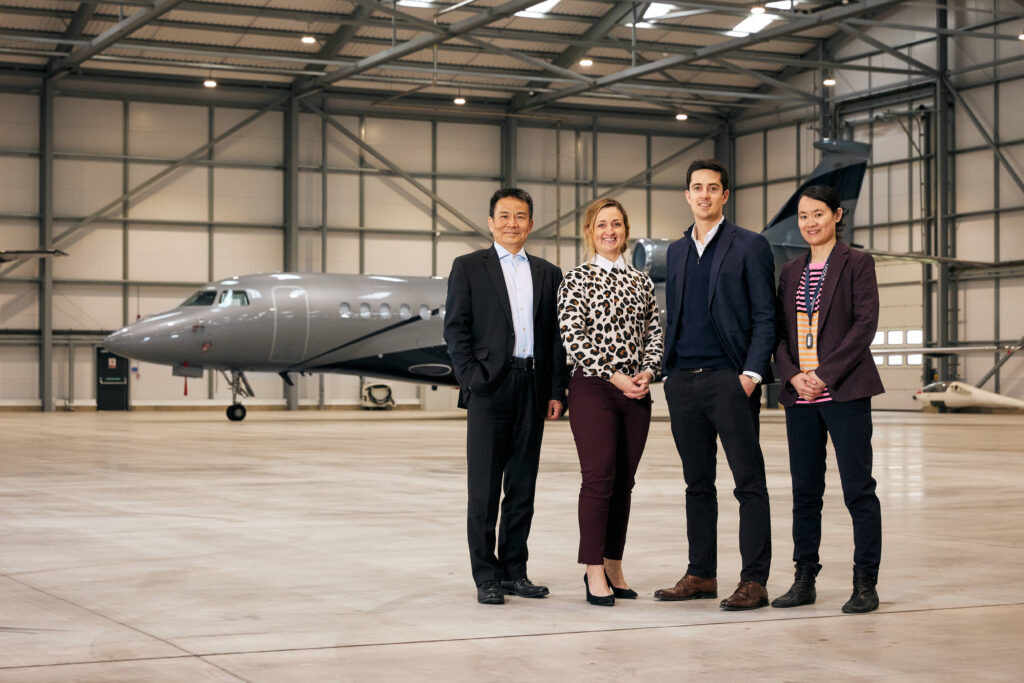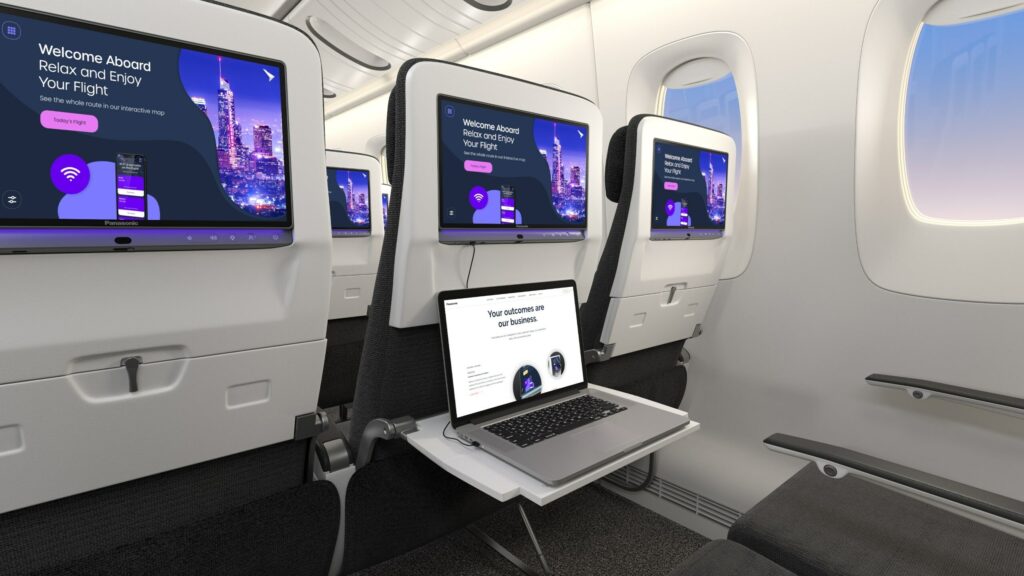

In the era of advanced air mobility, local airports can change how the public travels and usher in Aviation Net Zero 2050. This article was contributed by KinectAir CEO Jonathan Evans. (Photo provided by KinectAir)
Over 5,000 public-use airports, heliports, and seaplane bases dot the U.S. landscape. Nearly 3,300 of those are part of the national airport system and eligible for Federal funding, and almost that many have general aviation facilities. This ubiquity, according to McKinsey, means “90 percent of the population lives within a 30-minute drive of a regional airport”—even shorter to any public-use airport. NASA adds that only 30 airports out of those 5,000 serve over 70% of all travelers. Smaller, local airports are a wildly underutilized, but already-scaled, infrastructure in place, ready to be optimized.
Optimization is increasingly likely as the components of the advanced air mobility (AAM) ecosystem come together. This includes viable electric and hybrid conventional take-off and landing (eCTOL) aircraft that will be able to use these fabled local airfields, eSTOLs that can extend a travel network to community sports fields or barges in a metro bay, and even eVTOLs eventually arriving to let us hop between urban rooftops. Add to that the promising and certifiable paths to new powerplants in hydrogen-based fuel cells, aviation-grade hybrid and electric motors, dramatic turbogenerator improvements, and increasingly SAF-powered fleets for today’s aircraft, and you have a portfolio of emerging aviation technologies combining to form the art of the possible in AAM this decade.
But perhaps the greatest technological innovation providing the Information Age scaffold to this blossoming ecosystem is software.
By simply employing the state-of-the-art mobile, cloud, and emerging AI capabilities available to connect the humans and machines that embody an aviation system, there is an order of magnitude of optimization and efficiency to achieve in the Part-135, propeller-driven aircraft charter market today. These are the machines, like the Pilatus PC-12, that can land and take off in much shorter distances than even small private jets, unlocking the full potential of these local airfields in “our backyards.”
Filling in the massive spaces of geography and time—left in between what’s provided for in the increasingly saturated and centralized hub-and-spoke airline system—will be a decentralized and accessible point-to-point mesh network of air travel. Right-sized, efficient aircraft flying to precise demand at a regional scale between smaller, hyper-local airports will fill that mesh. And soon, the electrification, digitization, and automation ushered in with AAM will make on-demand, private, clean, frictionless, and direct air travel available to the masses.
The legacy hub-and-spoke system will not disappear, of course, but its massive inefficiencies will be mitigated by the point-to-point mesh network becoming more available and convenient. There’s an analogy here with how Airbnb and others offer a digitally-driven mesh network and marketplace for accommodations, enabled by a mobile platform and by existing physical homes everywhere, while large hotel chains still have a commercially viable place in the market. In a similar manner, a network of regionally localized and owned, professionally operated, smaller-format propeller-driven aircraft may become the proverbial ‘largest airline in the world.’ That will happen because of our ubiquitous, distributed airport infrastructure, the fragmented market of small Part 135 operators ready to serve such a networked marketplace, and the digital empowerment in the mobile supercomputers we all hold in our hands—allowing us to summon these aircraft to and from our own personal geography.
There’s plenty of hope and skepticism around how all of this will unfold. The complexity of aviation’s interconnected systems feeds a complicated narrative, and there are truly no single-source answers. But the FAA itself is moving forward with concrete steps, such as funding smaller airports like Bend and Medford in Oregon to upgrade their control towers and other infrastructure, with an eye toward increasing regional activity. And some 6,700 AAM aircraft with $45 billion in sales value have been ordered or optioned in less than two years.
Profound complexity and tech debt
The problems with hub-and-spoke passenger air travel today are largely a result of the profound complexity inherent in many critical and interwoven aviation systems. Some the public sees, but most is hidden in operational layers. Consider the vast array of systems: FAA airspace; air traffic control and pilot certification systems; multiple communications, beacon, and satellite systems; aircraft avionics, navigation, and instrumentation systems aligned with many networks; weather and flight service stations; airport and runway infrastructure; TSA security systems; passenger needs in the air and on the ground; and, notoriously, airline scheduling systems for passengers, crew, ground personnel, aircraft, routes, and certified maintenance. This is not an exhaustive list.
What’s more, many of these systems must interface with each other and manage interoperability between legacy hardware and software, and newer technologies. The sheer number of vendors involved is overwhelming, as are the possible points of failure. Vulnerabilities become both buried and magnified. In recent years, TSA systems disruptions have caused widespread boarding pass issues, weather systems outages meant pilots couldn’t retrieve vital data, airline weight and balance systems crashing caused nationwide delays, database file corruption in the NOTAM system shut everything down in January, and repeated ticketing and scheduling issues—including Southwest’s now infamous software and network problems—stranded thousands during the busiest travel holiday of the year.
From an analog to a digital level of service
The rise of a point-to-point air travel ecosystem is part of a larger innovation movement toward a sustainable and fully digital level of service that puts interoperability, ease, and affordability first—while increasing safety and reducing points of failure.
But today’s terrain is uneven ground, where antiquated systems, like the one issuing NOTAMs and METARS in cryptic reams, exist alongside the elegant and robust precision of GPS and Cat III “auto landing” ILS. Likewise, almost everywhere in the world, pilots still carry a piece of plastic to prove licensure, although Europe has reintroduced work to create a digital pilot license system interconnected to key data, and Australia has recently made it a reality. Indeed in the U.S., passengers may be flying with digital IDs before pilots do. The leap to digitization is happening with electronic flight bags (EFBs) and logbooks, thanks to excellent mobile tools like ForeFlight and others. But only now, in an effort to increase aircraft availability and lower maintenance costs, is the U.S. military engaged in a proof-of-concept for analytics-driven aircraft maintenance. And only now is a Swedish university working on AI-driven air traffic control assistance that can calculate delays, predict disruptions, and dramatically increase efficiency.
As in an industry like banking, the digitization goal in aviation is interoperable systems management—where automation and intelligence will guarantee full trust that secure transactions are taking place with speed and clarity. Unsurprisingly, the FAA rightly considers cybersecurity essential as commercial and business aviation integrate next-gen wireless communications.
What’s really happening here is that—amid a behemoth legacy ecosystem until recently unchanged in a profound way since the advent of the Jet Age—a modern, connected, and higher-fidelity ecosystem is emerging. And it’s doing so through the complexity, positioned to thrive on the legacy scaffold.
AAM aircraft, flying as fortified and dynamic IoT devices on a massive point-to-point, software-defined mesh network, is the birth of digitally-native aviation. The orders-of-magnitude of efficiency available to such a system will make it as affordable and accessible as the airlines are today, with an arc ever-evolving towards a truly more sustainable, resilient, and democratized aviation system for all of us.
Can point-to-point support a sustainable future?
When the makers of digitally-native aviation describe the point-to-point model leveraging thousands of in-place airports to optimize on-demand travel for the general public, skeptics and big airline supporters inevitably go for the environmental jugular.
The NYT cited an advocacy group based in Brussels, noting that “private jets are 5 to 14 times more polluting than commercial planes and 50 times more polluting than trains.” But none of the fuel consumption equation stories out there offer full studies that take all relevant variables into account. They do not account for the far more efficient propeller-driven fleets that we are optimizing for today and the eCTOLs arriving to the network soon. Nor do they consider fleet optimization with software and demand-gen to reduce the inefficiency of empty legs in charters.
The point-to-point model is already making extraordinary strides to a green future and to Aviation Net Zero 2050 when you look closely at key variables: the capability of hybrid and fully electric models coming out of Electra.aero and BETA flying into local airfields and being charged at renewables-based charging stations; the current efficiencies of Pilatus on sustainable aviation fuel (SAF); the proximity and streamlined nature of local public-use airports; and the software-defined, demand-driven ops that will radically optimize all levels of purchasing, ticketing, scheduling, ops data visibility, and actionability.
Moreover, the false comparisons between big airlines and smaller craft completely ignore energy consumption and pollution driven by every aspect of hub airport operation itself. The reduction in the airport commute alone would be a significant reduction in environmental footprint. Full context is key to knowing the truth. The move from the carbon-spewing present to an emission-reduced future in aviation will come from point-to-point, every bit as much, if not more, as from the enormous transformation the airline-based hub-and-spoke system will need.
CBS, citing Hopper, recently noted that “more than 75% of flyers are worried about their flights being disrupted by delays or cancellations” this summer. And a nationwide survey from KinectAir just found that almost two-thirds of Americans would consider flying out of a local airfield if it is closer than their nearest large commercial airport. The companies working toward AAM on all fronts and unlocking the value of local airports will ensure we won’t need to worry in the summers ahead.
The post OPINION: Optimizing Local Airports for Advanced Air Mobility appeared first on Avionics International.
—————
Boost Internet Speed–
Free Business Hosting–
Free Email Account–
Dropcatch–
Free Secure Email–
Secure Email–
Cheap VOIP Calls–
Free Hosting–
Boost Inflight Wifi–
Premium Domains–
Free Domains
